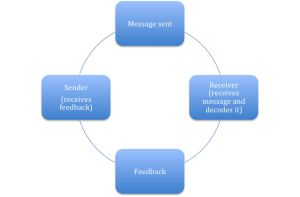By Tabitha Onyinge
There are certain things you wouldn’t want to happen as you work hard to build your brand or establish your business. You wouldn’t want not to be taken seriously, or to lose a following, yet many people unknowingly force this on themselves daily by spamming their potential clients. They drown their clients in a sea of unsolicited information.
If you do send irrelevant or unsolicited advertising messages over the Internet, via mobile phone, or through any other platform, whether or not to a large number of users, then you’re spamming them. Also, if you do repeatedly send out unsolicited advertisements to one or more users, then you’re spamming them.
The truth is, no one enjoys being spammed, however exciting or lucrative the shared idea may be. The golden rule, “treat your customers the way you would want to be treated” couldn’t be truer when it comes to information sharing.

As a communications practitioner, I do appreciate the power of information, especially if shared with a clear call to action. But I do appreciate more, feedback from shared information. In communication, we know that you are effective only when you send out a message/information and get feedback that proves that the full meaning of your message was understood.
Complete communication thus occurs when you send a message; the full meaning of your message is interpreted; feedback is sent; and you get the full meaning of feedback. In other words, you say, “hello!” and get back a “hello!” not “it’s blue!”

Spamming is not communication. It’s true that you may occasionally get a positive response from it, but that is mere luck, and luck runs out fast. You may be ignored or sent a few polite or rude messages, at best. At worst, you may be blocked from all channels of communication. How’s that for building a brand?
Here are a few ways to stop spamming and start proper, effective information sharing:
- Stop being lazy and aloof with the information you send out, and engage your audiences. Make follow-ups and pay attention to feedback, including silence, and respond appropriately. If you don’t respond to feedback, how do you expect your audience to respond to your information?
- Be sensitive – put yourself in the place of your clients. Imagine receiving the same information in the same format more than three times, from the same person. Now imagine no more, just stop doing it.
- Custom-make your communication for your different audiences. Know your audience if you genuinely want to engage them. There are people to who telephone conversations work, while others emails will do.






